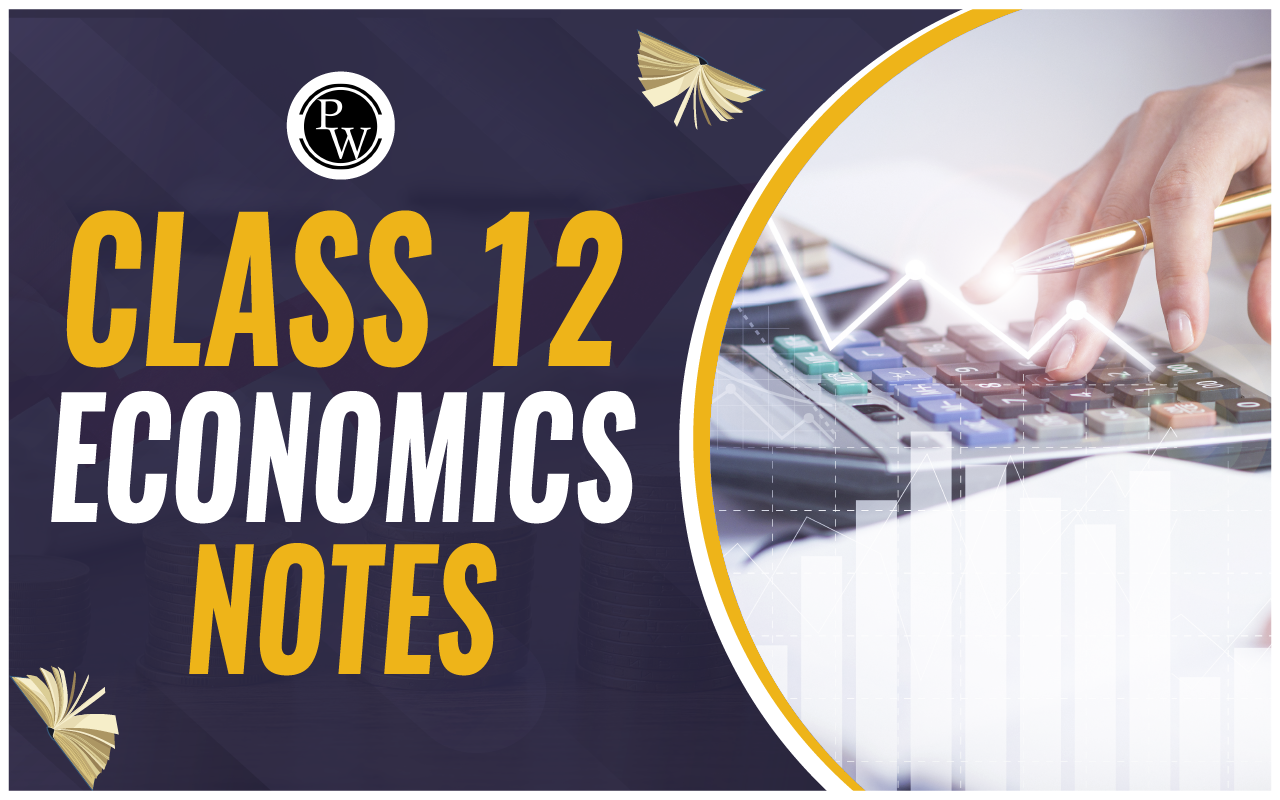
In the world of international economics, understanding the Current Account and Capital Account is essential for analyzing a country's balance of payments (BoP). These two accounts track different kinds of transactions between a country and the rest of the world. The Current Account focuses on the flow of goods, services, and income, while the Capital Account deals with financial assets and liabilities.
In this blog, we will explore the key differences between these Current Account and Capital Account, their components, and their importance in global economics.What is the Current Account?
The Current Account in a country's balance of payments records the transactions related to goods, services, income, and current transfers between residents of a country and the rest of the world. It reflects the net position of exports and imports of goods and services, earnings on investments, and unilateral transfers like foreign aid.Components of the Current Account
Trade in Goods : The value of exports and imports of tangible products. A surplus occurs when exports exceed imports, and a deficit happens when imports are greater. Trade in Services : This includes services like tourism, financial services, IT, and transportation. Services have become increasingly important in global trade. Income : Income from investments, including dividends, interest, and profits earned by companies and individuals on foreign investments. Current Transfers : Unilateral transfers such as remittances, foreign aid, or gifts from abroad. These transfers don’t involve any exchange of goods or services.Key Points about the Current Account
- It provides insight into the country's short-term economic health and its trade relationships.
- A Current Account Surplus indicates that a country is exporting more goods, services, and capital than it imports, reflecting strong international demand for its products.
- A Current Account Deficit suggests that the country is importing more than it exports, which may need to be financed by foreign borrowing or investment.
What is the Capital Account?
The Capital Account, on the other hand, records the transactions that affect the assets and liabilities of a country with the rest of the world. This account tracks capital transfers and the acquisition or disposal of non-produced, non-financial assets like patents, copyrights, and trademarks. However, in many modern economic analyses, the Capital Account is often grouped with the Financial Account, which records transactions related to investments, loans, and other financial instruments. Together, these accounts reflect a country’s financial dealings with foreign entities.Components of the Capital Account
Capital Transfers : Includes debt forgiveness, grants for investment, or the transfer of ownership of fixed assets. Non-Produced, Non-Financial Assets : This includes assets like intellectual property, natural resource rights, and contracts related to future production.Key Points about the Capital Account
- It focuses on long-term economic transactions, such as investments in businesses, factories, or real estate.
- A Capital Account Surplus suggests that a country is receiving more capital from abroad (in the form of investments or loans) than it is sending out.
- A Capital Account Deficit means the country is exporting more capital, which could indicate increased foreign investments by domestic companies or individuals.
Differences Between Current Account and Capital Account
Lets Understand the key difference between Current Account and Capital Account:| Difference Between Current Account And Capital Account |
| Aspect | Current Account | Capital Account |
| Focus | Tracks goods, services, income, and transfers | Tracks capital transfers and non-financial asset transactions |
| Timeframe | Short-term (focused on current economic activities) | Long-term (focused on investment and capital formation) |
| Components | Trade in goods, services, income, and current transfers | Capital transfers, acquisition/disposal of non-financial assets |
| Nature of Transactions | Involves the exchange of goods, services, and incomes | Involves capital flows and changes in asset ownership |
| Impact on Economy | Reflects a country's trade balance and economic health | Reflects changes in financial stability and investment flows |
| Accounting in BoP | A deficit or surplus here is financed by capital flows | Balances the current account deficit through capital inflows/outflows |
How Do They Interact in the Balance of Payments?
All of the economic exchanges that take place between a nation and the rest of the globe are detailed in the Balance of Payments (BoP). The Current Account and Capital Account, and Financial Account make up this group.- If a country runs a Current Account deficit, it implies that it is spending more on foreign goods, services, and transfers than it is earning. This deficit must be balanced by a Capital Account surplus or by borrowing from abroad through the Financial Account.
- Conversely, a Current Account surplus is typically associated with a Capital Account deficit. This indicates that the country is saving more than it is spending, leading to investments or lending money to foreign nations.
Why Are These Accounts Important?
Now that we know the meaning of Current Account and Capital Account, lets understand the importance of Current Account and Capital AccountEconomic Indicators
The Current Account provides a snapshot of a country's trade balance and economic interactions with the rest of the world. A deficit or surplus can signal the strength or weakness of a country’s economy.Investment Flows
The Capital Account offers insight into a country’s financial health. Countries with a Capital Account surplus tend to attract foreign investment, which can help finance economic growth.Policy Decisions
Governments and central banks monitor these accounts to make decisions regarding fiscal policy, exchange rates, and foreign investment regulations. The Current Account and Capital Account are two crucial components of a country's balance of payments. While the Current Account deals with the flow of goods, services, and income, the Capital Account focuses on financial transfers and asset movements. Understanding these accounts is vital for evaluating a country’s economic performance and its relationships with global markets. Together, they offer a complete picture of the financial transactions a nation engages in, shaping its economic strategy and policy decisions. Unlock your potential in commerce with PW Commerce Courses! Enroll today to gain in-depth knowledge and skills that will help you excel in your exams and future career. Don’t miss out!Current Account and Capital Account FAQs
What is the Current Account?
The Current Account records a country's transactions in goods, services, income, and transfers with the rest of the world.
What is the Capital Account?
The Capital Account tracks financial transactions related to investments, asset transfers, and capital movements between countries.
How are the Current and Capital Accounts different?
The Current Account focuses on trade and short-term economic activities, while the Capital Account deals with long-term financial investments.
What does a Current Account surplus mean?
A surplus indicates a country exports more goods, services, and capital than it imports, signaling a positive trade balance.
Why is the Capital Account important?
It shows a country's ability to attract foreign investments or invest abroad, which can affect long-term economic growth.
Talk to a counsellorHave doubts? Our support team will be happy to assist you!

Free Learning Resources
PW Books
Notes (Class 10-12)
PW Study Materials
Notes (Class 6-9)
Ncert Solutions
Govt Exams
Class 6th to 12th Online Courses
Govt Job Exams Courses
UPSC Coaching
Defence Exam Coaching
Gate Exam Coaching
Other Exams
Know about Physics Wallah
Physics Wallah is an Indian edtech platform that provides accessible & comprehensive learning experiences to students from Class 6th to postgraduate level. We also provide extensive NCERT solutions, sample paper, NEET, JEE Mains, BITSAT previous year papers & more such resources to students. Physics Wallah also caters to over 3.5 million registered students and over 78 lakh+ Youtube subscribers with 4.8 rating on its app.
We Stand Out because
We provide students with intensive courses with India’s qualified & experienced faculties & mentors. PW strives to make the learning experience comprehensive and accessible for students of all sections of society. We believe in empowering every single student who couldn't dream of a good career in engineering and medical field earlier.
Our Key Focus Areas
Physics Wallah's main focus is to make the learning experience as economical as possible for all students. With our affordable courses like Lakshya, Udaan and Arjuna and many others, we have been able to provide a platform for lakhs of aspirants. From providing Chemistry, Maths, Physics formula to giving e-books of eminent authors like RD Sharma, RS Aggarwal and Lakhmir Singh, PW focuses on every single student's need for preparation.
What Makes Us Different
Physics Wallah strives to develop a comprehensive pedagogical structure for students, where they get a state-of-the-art learning experience with study material and resources. Apart from catering students preparing for JEE Mains and NEET, PW also provides study material for each state board like Uttar Pradesh, Bihar, and others
Copyright © 2025 Physicswallah Limited All rights reserved.
Get App









